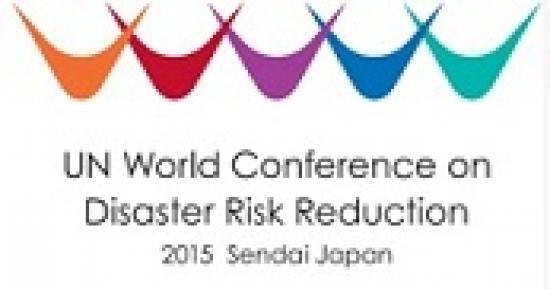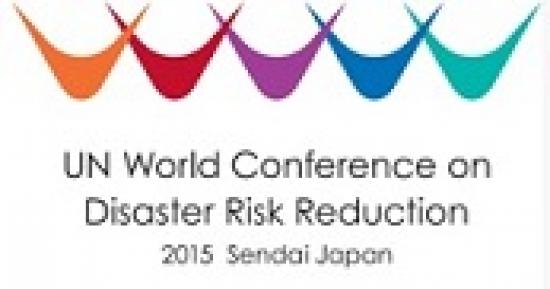Meet the next generation of disaster responders
It only takes one bad storm to kill or injure thousands, inflict billions of dollars in damage, and wreak havoc on communities in its path. As part of Hurricane Preparedness Week, USAID joins other response organizations in raising public awareness and preparedness efforts for the upcoming Atlantic hurricane season. While this national effort happens once a year, USAID’s Office of U.S. Foreign Disaster Assistance (OFDA) works year-round with countries in Latin America and the Caribbean to reduce the impacts of hurricanes by helping them prepare for storms before they happen.






